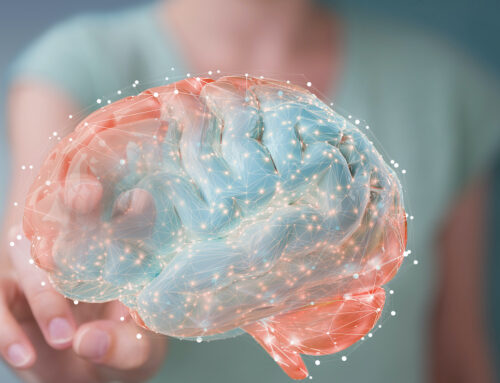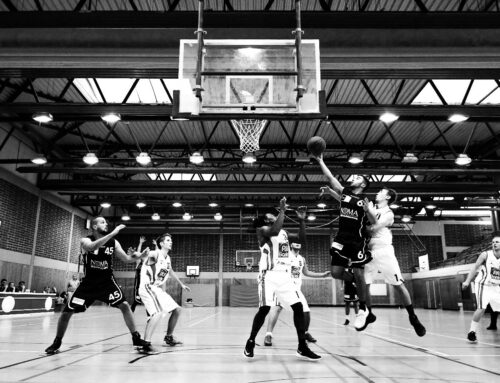By Madison Shaak, BS, BCN, QEEG-T
Anyone who has experienced a migraine knows that they can be terribly painful and oftentimes debilitating. Unfortunately, migraines are also common, as they are the third most prevalent illness in the world with about 12% of the population suffering (The Migraine Research Foundation, 2019). The grueling experience of a migraine increases sick days, decreases productivity, and reduces quality of life. Only 29% of sufferers say they are very satisfied with the treatment they are receiving and less than half (48%) say they are somewhat satisfied (Lipton and Walter, 1999). Most migraine sufferers believe treatment takes too long or does not work at all (Walker, 2011).
Quantitative EEG (QEEG) or “Brain Mapping” is an assessment tool used in neurofeedback therapy. A brain map provides a neurofeedback practitioner with an image of a client’s electrical brain function. With QEEG, a targeted neurofeedback protocol can be created for a client to reduce their migraine headaches in a drug-free, non-invasive way.
In this study, 71 participants with recurrent migraines completed brain maps. They all had similar profiles: increased high-frequency activity in 1-4 cortical areas. The brain typically produces high frequencies, or high beta waves, when it is in a high level of processing. Of the 71 participants, 46 chose neurofeedback training while 25 continued drug therapy. The neurofeedback group trained their brains to reduce excessive beta activity in the targeted cortical areas for 5 sessions at each location. At the end of the treatment, 54% of the neurofeedback group reported a cessation of migraine symptoms and 39% experienced a significant reduction (over 50%). Of the 25 participants who continued drug therapies, 68% experienced no changes in their symptoms. (Walker, 2011).
The brain maps of the neurofeedback group were an integral part in selecting which locations to train with neurofeedback. When high beta activity can be identified, the neurofeedback training protocol can be tailored to the client’s needs. Drug therapies prescribed for migraines can be minimally effective or people do not want to take them because they involve injections. Neurofeedback is non-invasive, as it only involves placement of an electrode on the scalp to monitor brainwave activity at an identified location. After the electrode is placed, the client simply watches a movie or plays a game on a screen. The visual/audio feedback from the screen rewards the brain for optimal function. As demonstrated in the aforementioned study, this process can be very effective in eliminating or significantly reducing headache frequency for individuals who suffer from recurrent migraines.
Lipton, Richard B., and Walter F. Stewart. “Acute Migraine Therapy: Do Doctors Understand What Patients With Migraine Want From Therapy?” Headache: The Journal of Head and Face Pain, vol. 39, no. s2, 1999, doi:10.1111/j.1526-4610.1999.00006.x.
The Migraine Research Foundation. (2019). Migraine facts.” Retrieved from https://migraineresearchfoundation.org/about-migraine/migraine-facts/
Walker, J.E. (2011). QEEG-guided neurofeedback for recurrent migraine headaches. Clinical EEG and Neuroscience, 42(1), 59–61. doi:10.1177/155005941104200112






